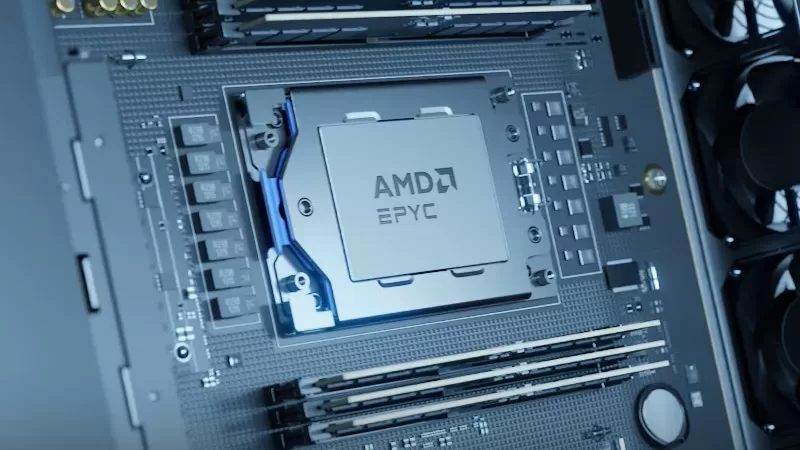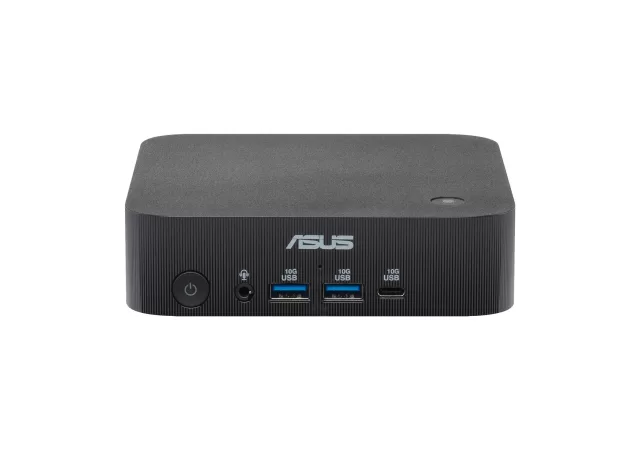Google Cloud has recently announced the availability of their new C4D and H4D virtual machines (VMs), powered by the cutting-edge 5th Generation AMD EPYC processors. This collaboration signifies a significant step in providing enhanced performance and scalability for a diverse range of cloud workloads. Let’s delve into what these new platforms offer, how AMD’s latest server processors are driving their capabilities, and crucially, how these advancements can empower organizations with their diverse computational needs.
The new C4D and H4D VMs are designed to cater to distinct computational needs within the cloud environment.

These virtual machines are engineered for general-purpose computing tasks and AI inference. Leveraging the advancements in AMD’s “Zen 5” architecture, the C4D instances promise substantial performance improvements over previous generations. Internal testing by Google Cloud indicates that C4D can deliver up to an impressive 80% higher throughput per vCPU compared to earlier VM families. This enhanced performance translates to faster processing for a wide array of applications, including web serving, application hosting, databases, and CPU-based machine learning inference. The C4D series offers flexibility with a range of instance sizes, from 2 to 384 vCPUs, and up to 3TB of DDR5 memory, catering to various workload demands. Notably, Google Cloud’s C4D will also include their first AMD-based bare metal offering and feature their new Titanium Local SSD for improved I/O performance. For organizations dealing with general-purpose computing and AI inference, the C4D VMs offer a significant performance uplift. The substantial increase in throughput per vCPU means that tasks like web serving and application hosting can handle greater user loads and process information more rapidly. Databases can execute queries faster, leading to improved application responsiveness. Furthermore, the enhanced AI inference capabilities, stemming from the “Zen 5” architecture and AVX-512 support, enable organizations to deploy and run machine learning models more efficiently, accelerating insights and improving AI-driven applications. The flexibility in instance sizes and the large memory capacity allow organizations to right-size their compute resources according to their specific needs, optimizing costs. The inclusion of the Titanium Local SSD further benefits I/O-intensive workloads, leading to quicker data access and processing.
In contrast, the H4D instances are specifically tailored for high-performance computing (HPC) workloads. These VMs are equipped with 5th Generation AMD EPYC CPUs and feature Cloud RDMA (Remote Direct Memory Access) technology. This combination enables efficient scaling across tens of thousands of cores, making H4D ideal for computationally intensive tasks such as computational fluid dynamics, weather modeling, molecular dynamics, and electronic design automation. The H4D VMs boast high per-core performance and exceptional memory bandwidth, exceeding 950 GB/s. The inclusion of Cloud RDMA over the Titanium network provides low-latency, high-bandwidth inter-node communication, crucial for distributed HPC applications. Organizations engaged in high-performance computing (HPC) will find the H4D VMs particularly advantageous. The combination of high per-core performance and exceptional memory bandwidth provided by the 5th Generation AMD EPYC processors allows for faster execution of complex simulations and analyses. The integration of Cloud RDMA over the Titanium network is crucial for scaling HPC workloads across multiple nodes. This low-latency, high-bandwidth interconnectivity enables efficient parallel processing, significantly reducing the time required for tasks such as computational fluid dynamics, weather modeling, and molecular dynamics. Researchers and engineers can run larger and more intricate simulations, leading to more accurate results and faster innovation cycles. The availability of standard and high-memory configurations provides further flexibility to accommodate the specific memory requirements of different HPC applications.

The 5th Generation AMD EPYC processors, also known as the EPYC 9005 series, are built on the new “Zen 5” and “Zen 5c” core architectures. These processors bring significant advancements in performance, efficiency, and features that directly benefit cloud computing environments. A key improvement is the “Zen 5” architecture, which delivers notable gains in instructions per clock for both enterprise/cloud and AI/HPC workloads. The processors also offer a wide range of core counts, supporting dense and highly parallel computing. Select models feature high boost frequencies, which are important for latency-sensitive applications and AI inference. Support for high-speed DDR5 memory with substantial bandwidth is also a crucial feature. Furthermore, the inclusion of AVX-512 enhances performance for demanding computational tasks. The processors are engineered for both high performance and energy efficiency, contributing to better performance per watt. Enhanced AI capabilities and the inclusion of AMD Infinity Guard security features further solidify their value in modern cloud deployments. Beyond specific workload types, the underlying advancements in the 5th Generation AMD EPYC processors offer broader organizational benefits. The improved performance per watt contributes to greater energy efficiency, potentially lowering operational costs for cloud deployments. The advanced security features, such as AMD Infinity Guard and SEV-SNP, provide a more secure environment for sensitive workloads, which is increasingly critical for organizations across all sectors.
The integration of these advanced features in the 5th Gen AMD EPYC processors directly empowers the Google Cloud C4D and H4D VMs. The increased IPC and core counts contribute to the higher throughput in C4D for general-purpose tasks, while the high memory bandwidth and Cloud RDMA capabilities of the processors are essential for the efficient scaling and performance of the H4D VMs in HPC workloads.
Currently, both the C4D and H4D virtual machines are available in preview. Google Cloud anticipates a broader general availability across multiple global regions later this year, allowing more users to take advantage of the enhanced performance and capabilities offered by these AMD-powered instances.





